
Many people experience discomfort or tightness in their shoes, which may indicate that they have wide feet. Understanding foot width is important for finding the right footwear.
Wondering why you have wide feet? Looking for ways to make your wide feet more comfortable? This article will explore the causes of wide feet and provide practical solutions for comfortable footwear.
Table of contents
How Do You Know If You Have Wide Feet?
1. Measure Your Foot Width
You can start by measuring your foot at home using a ruler or measuring tape. Trace the outline of your foot on a piece of paper for an accurate shape.
Measure the widest part of your foot from the outline.
Shoe widths are categorized into letters: A (narrow), B(standard), D (wide), and E (extra wide).
The table below provides an approximation of shoe widths in inches, across different U.S. shoe sizes for women and men. Remember, these measurements are approximate and can differ between shoe manufacturers.
| Men's Sizing | ||||
| Size | C (narrow) | D (medium) | EE (wide) | 3E (extra wide) |
| 4 | 3.07" | 3.25" | 3.44" | 3.64" |
| 5 | 3.17" | 3.35" | 3.54" | 3.74" |
| 6 | 3.27" | 3.45" | 3.64" | 3.84" |
| 7 | 3.37" | 3.55" | 3.74" | 3.94" |
| 8 | 3.47" | 3.65" | 3.84" | 4.04" |
| 9 | 3.57" | 3.75" | 3.94" | 4.14" |
| 10 | 3.67" | 3.85" | 4.04" | 4.24" |
| 11 | 3.77" | 3.95" | 4.14" | 4.34" |
| 12 | 3.87" | 4.05" | 4.24" | 4.44" |
| 13 | 3.97" | 4.10" | 4.29" | 4.49" |
| Women's Sizing | ||||
| Size | A (narrow) | B (medium) | D/E (wide) | EE (extra wide) |
| 5 | 3.00" | 3.13" | 3.32" | 3.63" |
| 6 | 3.12" | 3.25" | 3.44" | 3.75" |
| 7 | 3.24" | 3.37" | 3.56" | 3.87" |
| 8 | 3.36" | 3.49" | 3.68" | 3.99" |
| 9 | 3.48" | 3.61" | 3.80" | 4.11" |
| 10 | 3.60" | 3.73" | 3.92" | 4.23" |
| 11 | 3.72" | 3.85" | 4.04" | 4.35" |
| 12 | 3.84" | 3.97" | 4.16" | 4.47" |
2. Evaluate Shoe Fit
Observe how your shoes fit; tightness or discomfort on the sides may indicate a need for wider shoes.
Frequent blisters or cramped toes can also signal that you have wide feet.
3. Look for Signs
People with flat arches often have wider feet, while those with high arches may have narrower feet.
4. Get a Professional Measurement
Consulting a podiatrist can provide clarity on your foot type and width.
Measuring your feet and assessing shoe fit can help you make better footwear choices for comfort and support.
What Causes Really Wide Feet?
Wide feet can be the result of various factors, ranging from genetics to lifestyle choices. Understanding these causes will help you select the right footwear and manage any related foot issues. Here are the main factors that cause different types of wide feet:
Genetics plays a significant role, as some individuals are born with a broader foot structure, often associated with flat feet.
When people age, ligaments and tendons loosen, potentially causing the foot to widen.
Pregnancy can also lead to wider feet due to hormonal changes that relax the ligaments.
Foot deformities, such as bunions and calluses, and conditions like edema can also increase foot width.

Are wider feet healthier? Is Wide Foot A Problem?
For starters, the increased surface area can mean better weight distribution across your foot when you’re standing or moving, which could reduce common pressure points that might bother narrower feet.
And when you do find shoes that fit correctly, wider feet can even contribute to the durability of your footwear by not constantly stretching and straining the shoe materials beyond their design.
But speaking of footwear…
While having a wide foot itself isn’t the problem, trying to force it into shoes that are too narrow makes your feet incredibly vulnerable. This constant compression and friction can directly cause several common foot conditions, such as:
Bunions: These bony bumps might have a genetic component, but squeezing a wide foot into a narrow shoe over time pushes that big toe inward, which can make bunions painful and progressive.
Hammertoes: When your toes are constantly cramped, they can be forced into unnatural, bent positions. This then causes painful rubbing on the tops of your toes.
Corns and Calluses: These hardened patches of skin are your body’s protective response. But if you have wide feet in narrow shoes, you’ll likely develop painful corns on your toes and calluses on the sides of your feet from constant friction and pressure.
Ingrown Toenails: The pressure from a shoe that’s too tight across the toes can push the edge of your toenail right into the skin, which can lead to excruciating ingrown toenails and potential infections.
Morton’s Neuroma: If the front part of your shoe is too narrow, it can compress the metatarsal bones or even irritate a nerve in the ball of your foot, which leads to sharp, burning pain or numbness.

6 Tips to Prevent Foot Problems Due to Wide Feet
Wear Shoes That Fit Properly: Choose shoes with plenty of width and good support. Shoes that are too tight can worsen problems like corns and bunions. Look for shoes with a wide toe box so your toes have room to wiggle, and make sure they have good arch support.
Maintain a Healthy Weight: Extra weight puts more stress on your feet, which can make existing foot problems worse. Eating a balanced diet and exercising regularly can help you maintain a healthy weight and reduce the strain on your feet, lowering your risk of flat feet.
Exercise Your Feet: Stretching and strengthening exercises can reduce pain and improve how your feet work. Try exercises like toe curls, arch lifts, and calf stretches to strengthen your arches, improve flexibility, and lessen the pain from plantar fasciitis and flat feet.
Limit High-Impact Activities: Avoid activities that put a lot of stress on your feet, like running on hard surfaces or wearing high heels. Choose supportive shoes and engage in ow-impact activities whenever possible to prevent foot problems from getting worse.
Check Your Feet Regularly: Look at your feet often for calluses, corns, areas of unusual pressure, or any other issues. Catching problems early can prevent them from becoming more serious and allows you to take action quickly.
Use Orthotics: Inserts for your shoes, either store-bought or custom-made, can provide extra arch support and distribute pressure evenly. This can reduce foot strain and help prevent problems like plantar fasciitis and metatarsalgia.
How to Find the Best Shoes for Wide Feet?
1. Shop Later in the Day
Your feet get wider throughout the day. They may also be more tired and sensitive if you walk a lot. If you can try on shoes when your feet are in this less-than-perfect condition, you're likely to notice small differences in fit.
But those small issues can become magnified after you wear your shoes on a long run or during two-a-day training sessions. For instance, if the toe box of a running shoe feels a bit snug in the store, it may feel even tighter—to the point of being painful—when you start racking up the miles.
2. Consider Your Sock Choice
Always wear the socks you plan to wear during training when buying a pair of shoes. As an athlete, you may have several different sport-specific socks for various types of training.
For optimal shoe fit, try on potential new shoes with any (and all) socks you plan to wear. For instance, a compression sock will make your foot slimmer in the shoe but a wool hiking sock will require more room.
3. Bring Your Orthotics
If you wear custom orthotics or store-bought insoles, bring them along when you go shoe shopping. Depending on the type of orthotic you wear, it can drastically change the fit of the shoe.
Usually, you remove the shoe insole and replace it with a full-foot orthotic. But the orthotic is almost always thicker than the insole that comes with the shoe, so it's important to try on shoes and test them with the insole or orthotic you plan to use.
4. Fit Both Feet
This may sound obvious, but try on both shoes before deciding which pair to purchase. It's not uncommon for people to have one foot that's wider or longer than the other. If this is the case, you might need to buy the shoe that fits the larger foot.
But since wearing an ill-fitting shoe on the smaller foot isn't ideal either, some athletes buy two pairs of shoes every time they get new ones.
5. Make a Visual Comparison
Before you try on shoes, put them next to your feet and compare the width of the shoe to the width of your foot. The shoe should look slightly wider. While your foot may be able to squeeze into a shoe that looks narrow, it won't have room to move comfortably.
If the shoe looks too small for your foot, ask for a different width. Usually, wide-width shoes are about 1 centimetre wider than the regular-width version, and extra-wide shoes are about 1 centimetre wider than the wide ones.
6. Take Them for a Test Drive
When buying any shoe, you should try them out in the store or at home (if buying online or the store will allow). Shoes may feel great in the store, but after a mile or two on the pavement, your feet might start screaming for relief.
Some running stores have treadmills on the premises so that you can test your shoes before buying. Others might allow you to go for a test run outdoors. If you buy online, check that the brand has a returns policy that allows you to return shoes even after a trial run.
Lastly, remember that your feet may change sizes as you age. Even if you've worn the same size shoe for years, it's smart to get your foot analysed and properly sized every few years to make sure you're buying the best shoes for you.


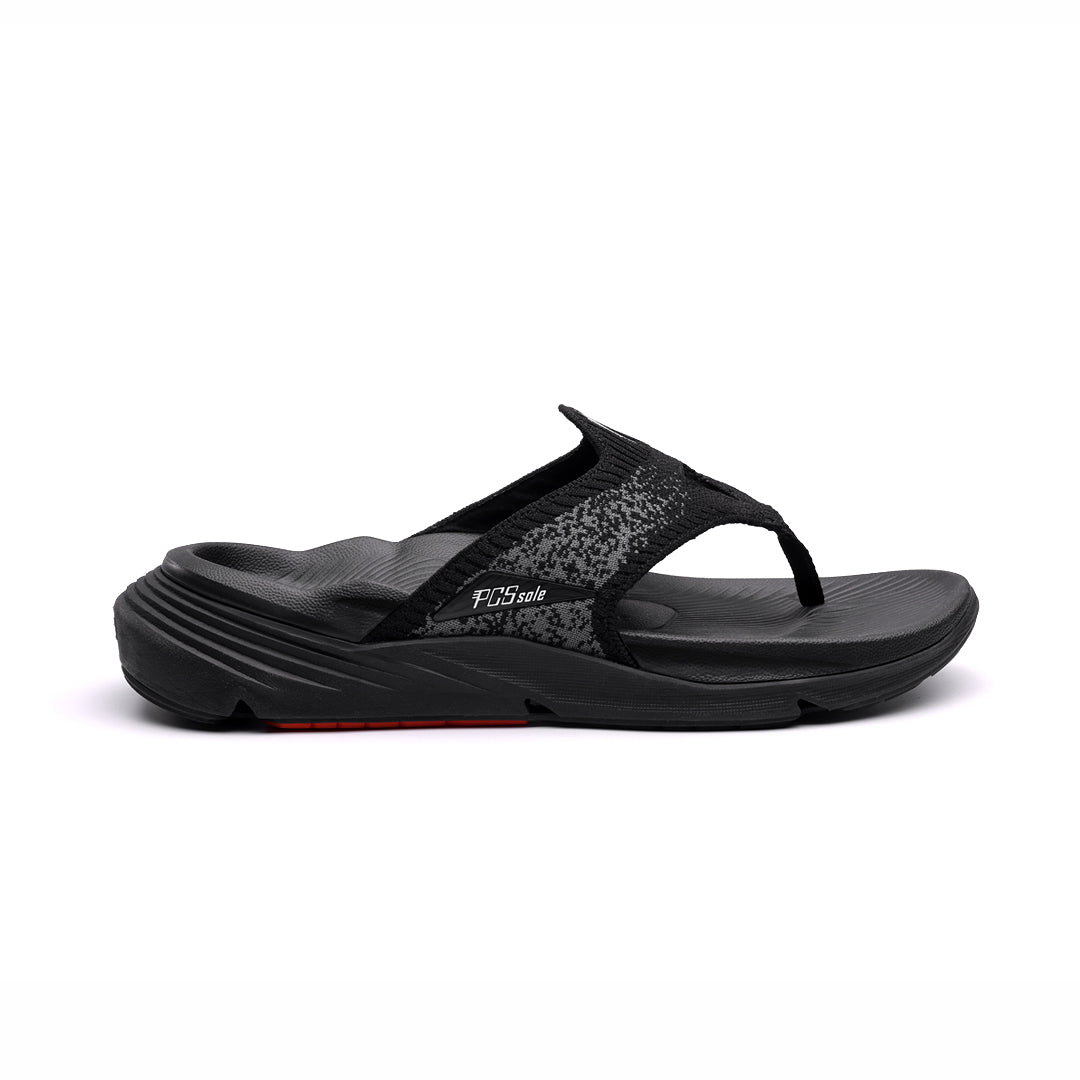
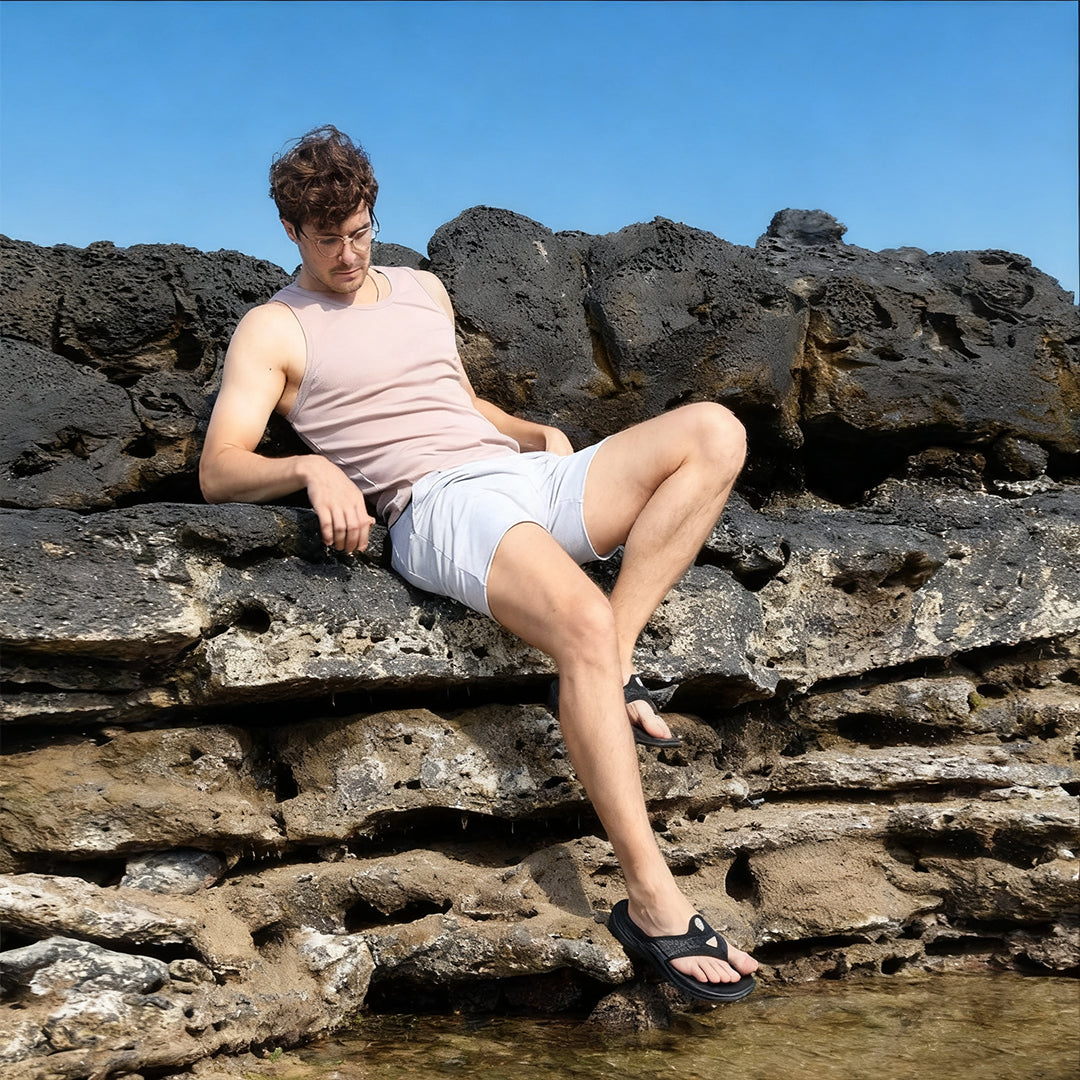
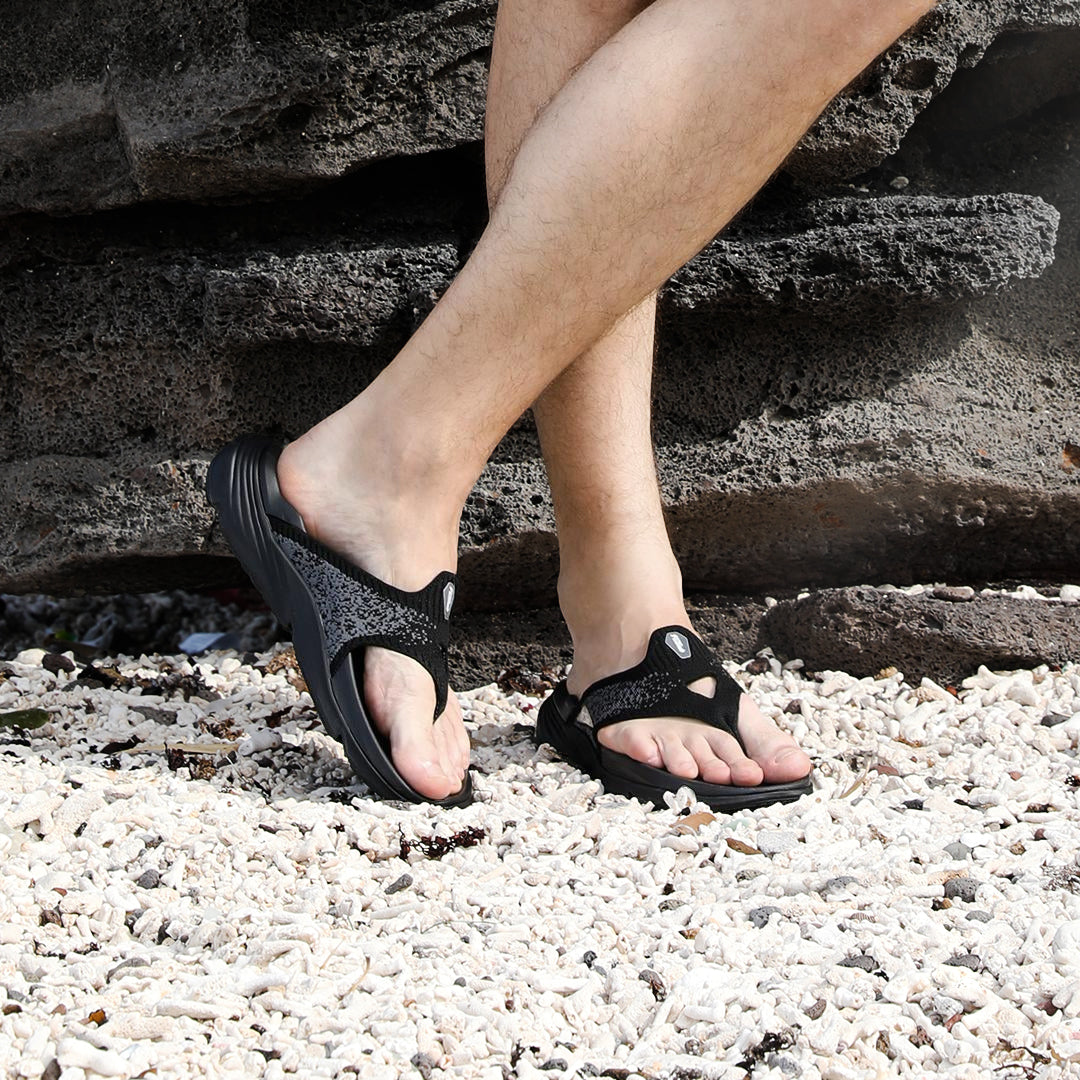
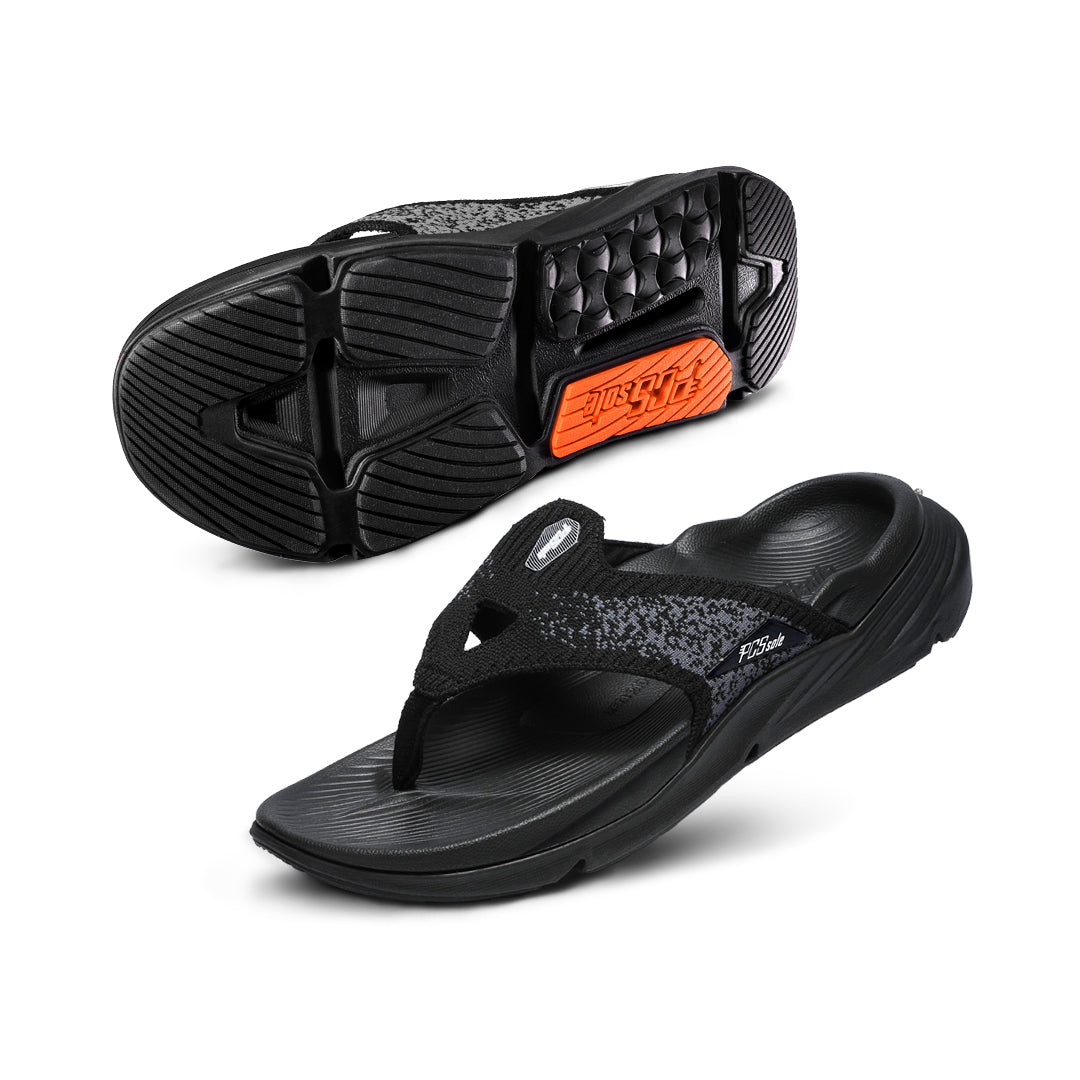
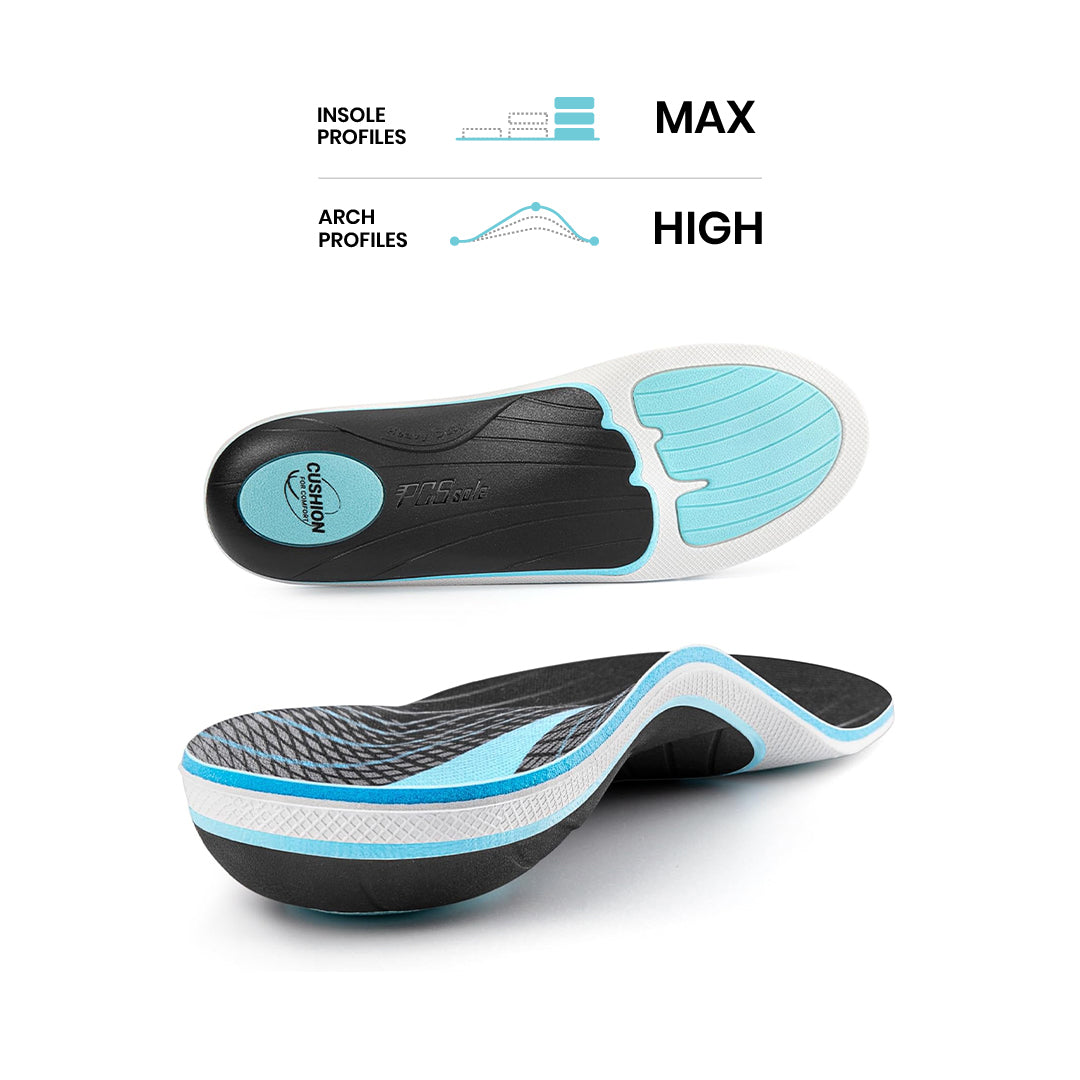
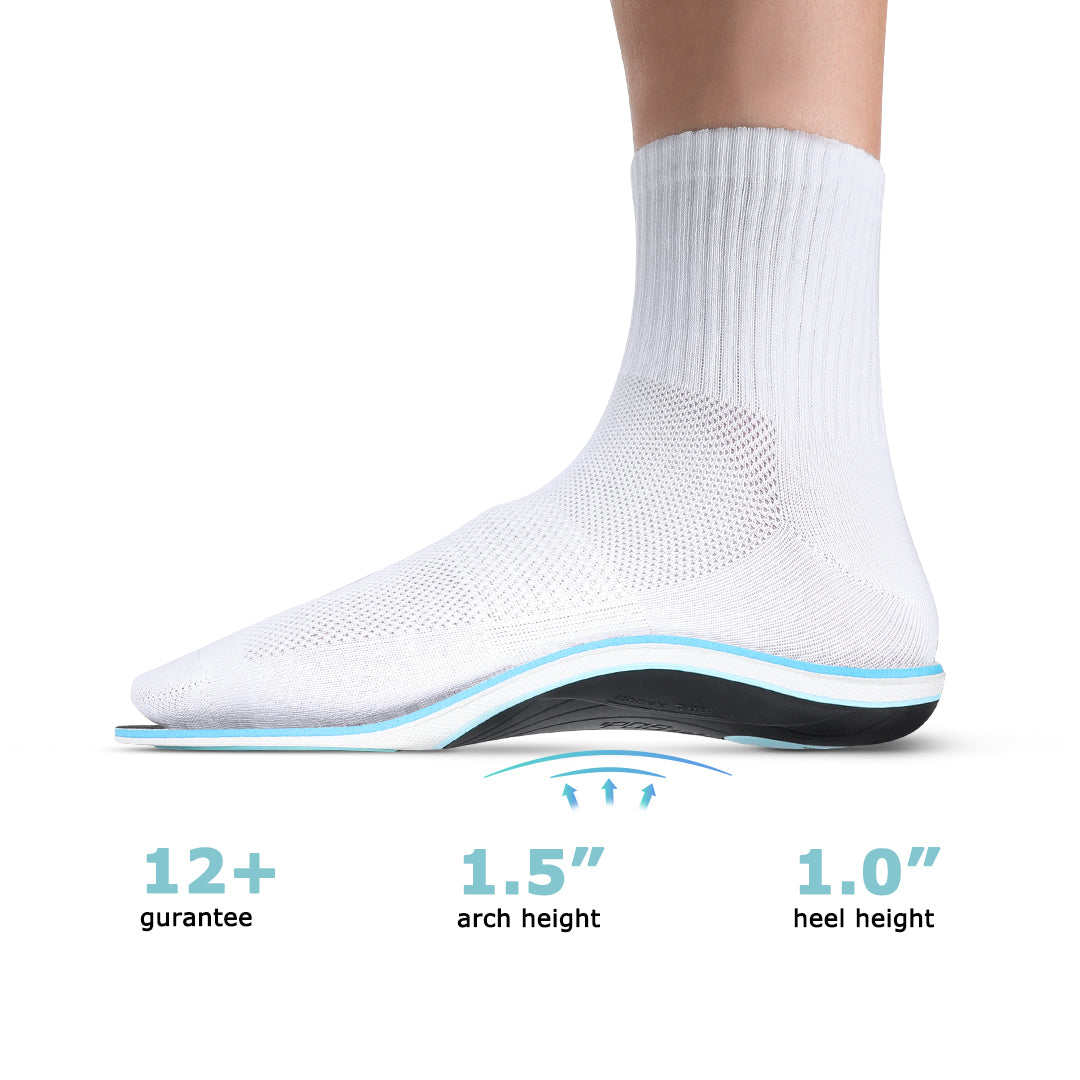
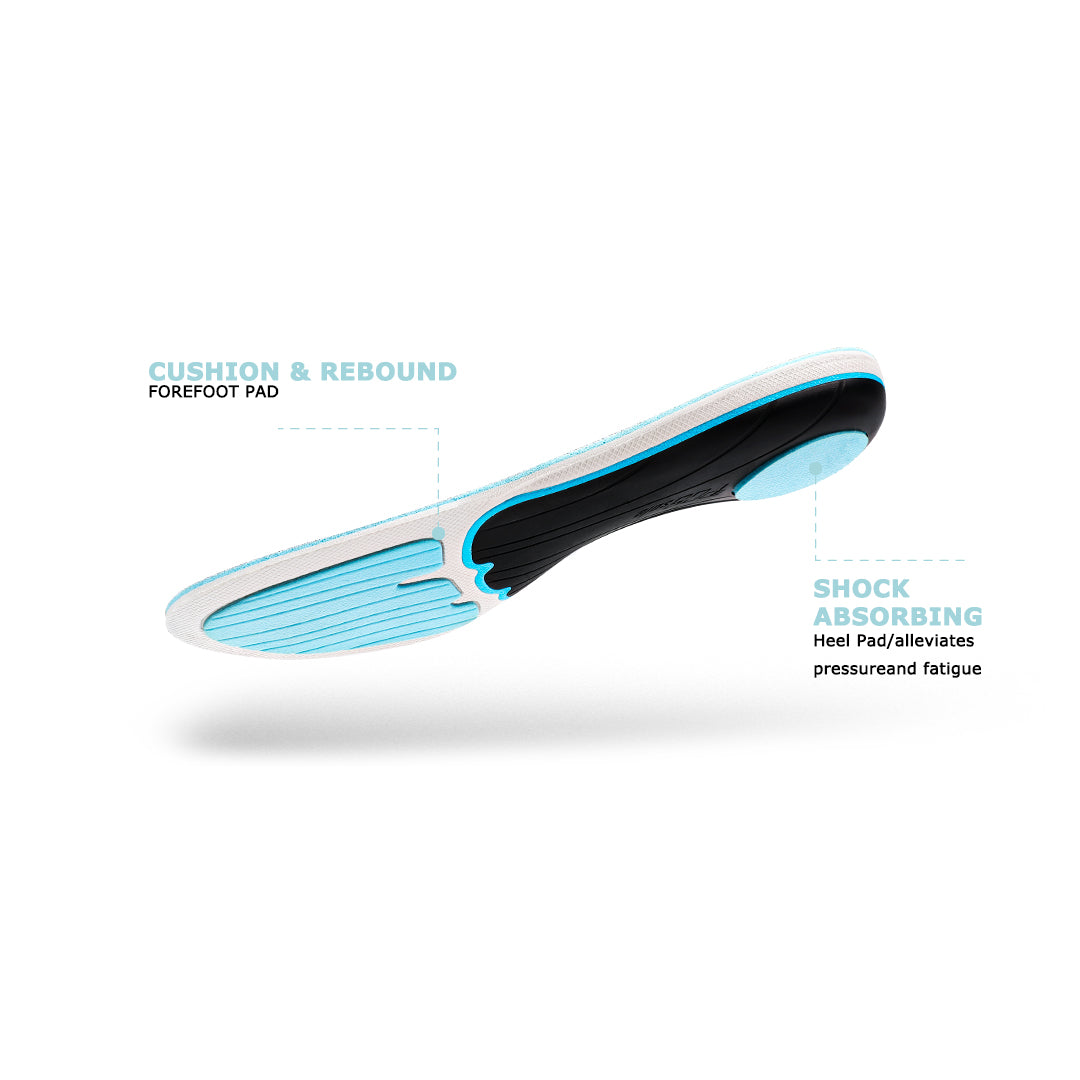
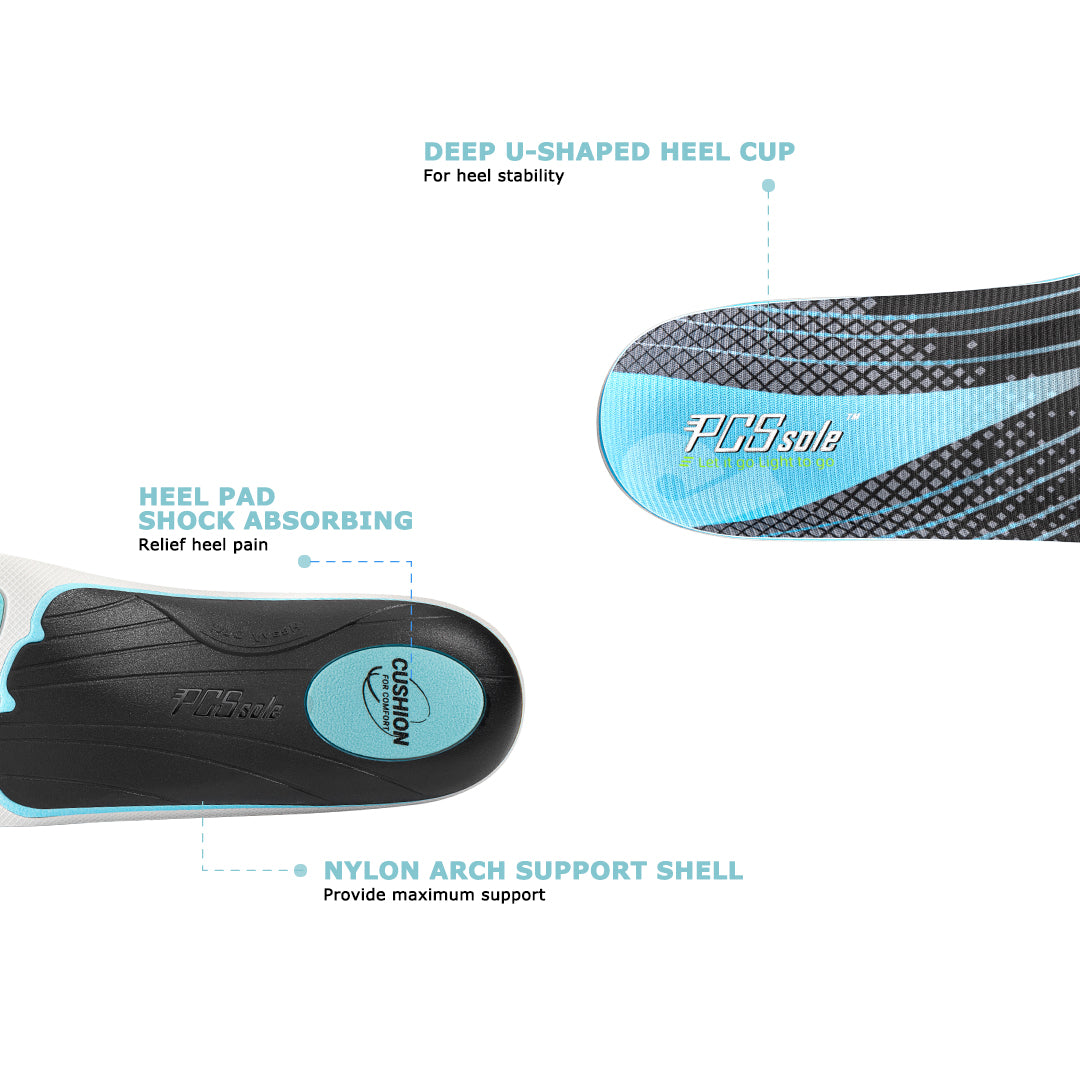
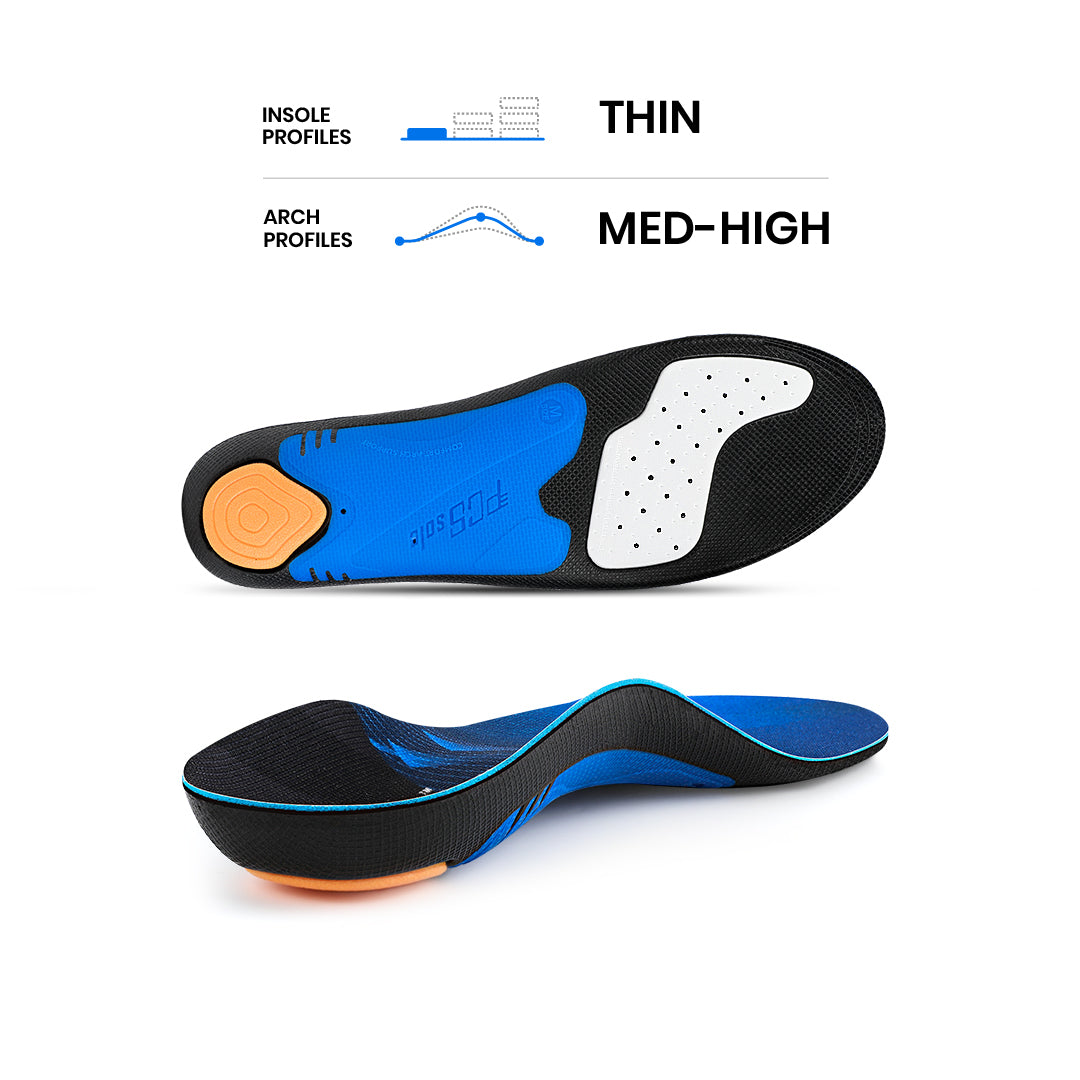
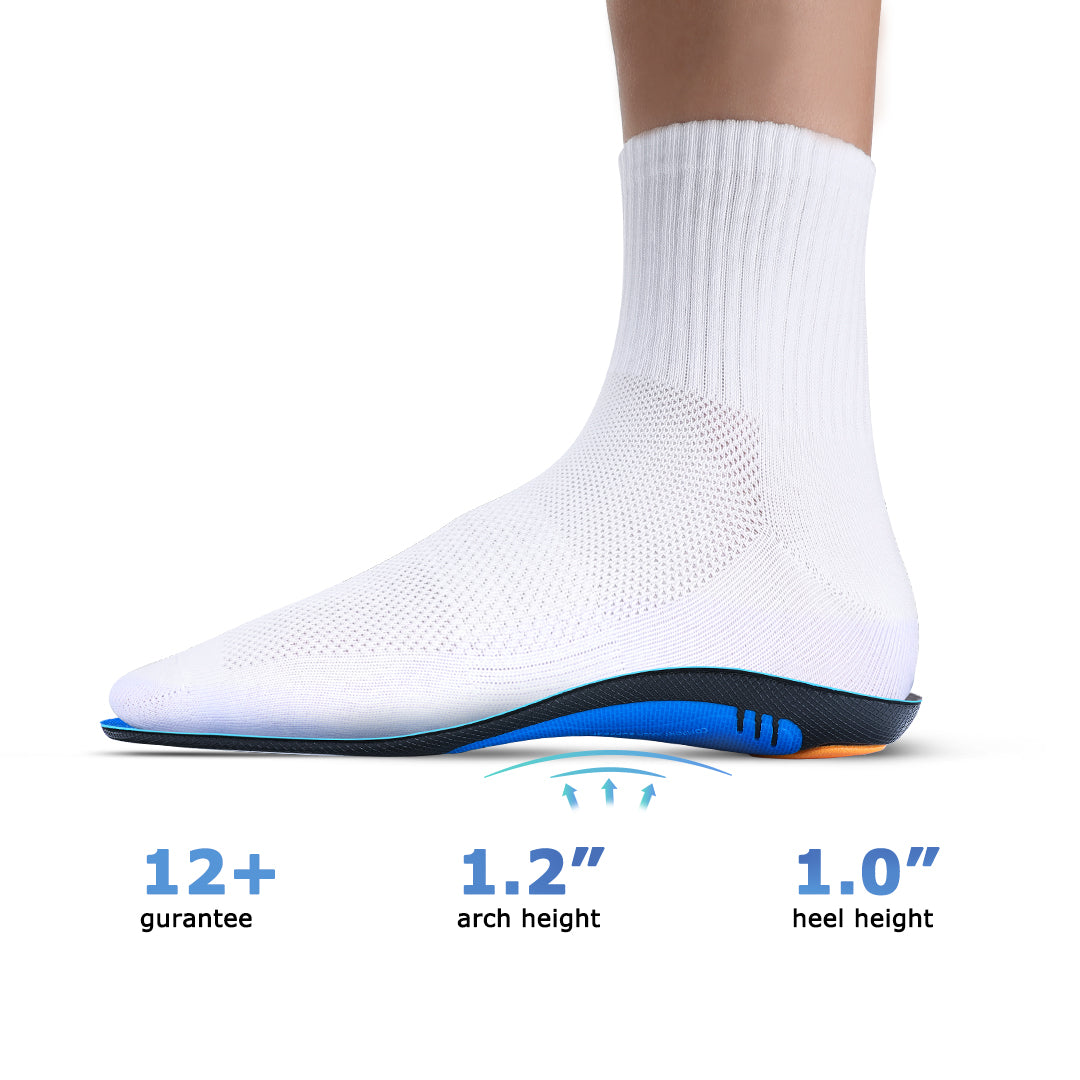
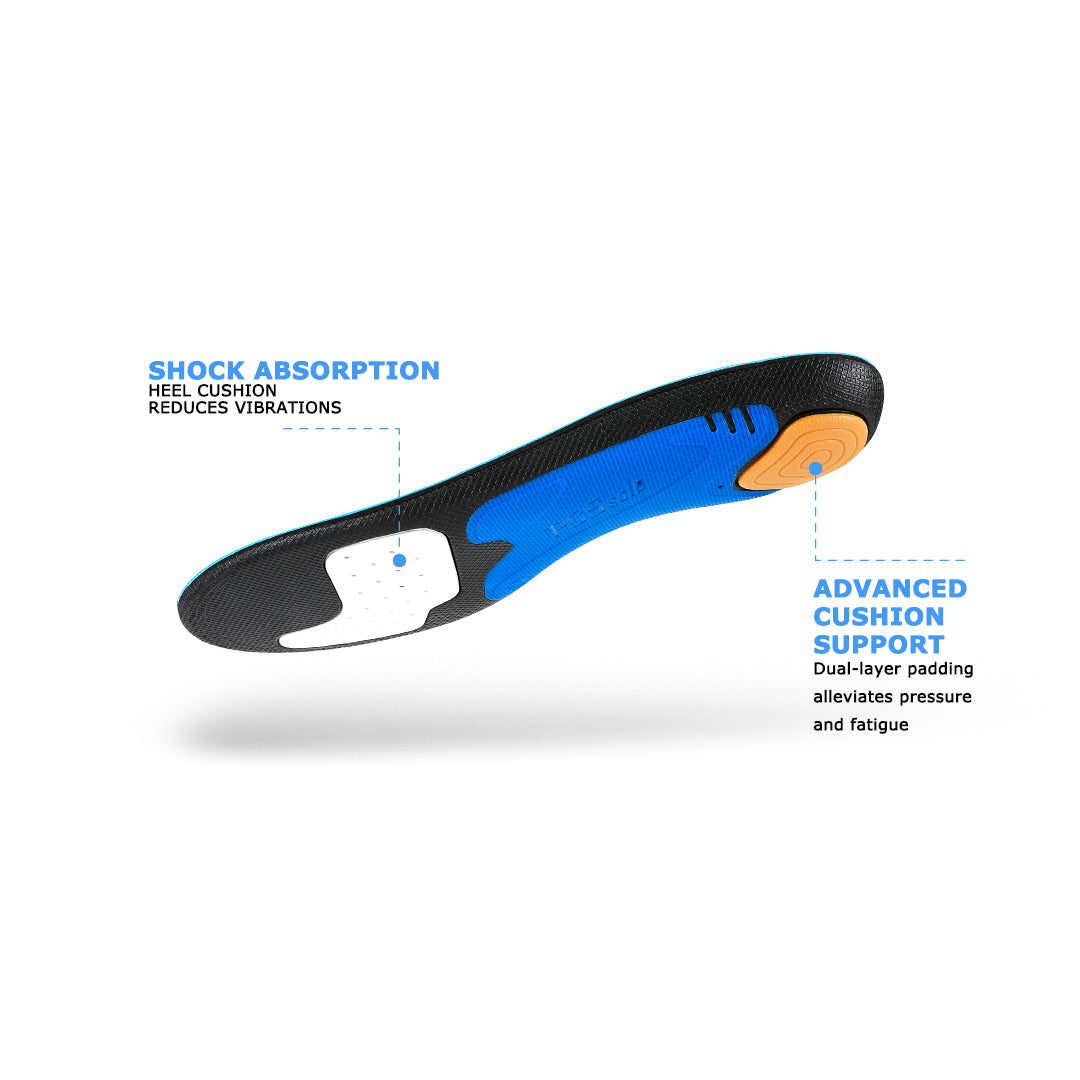
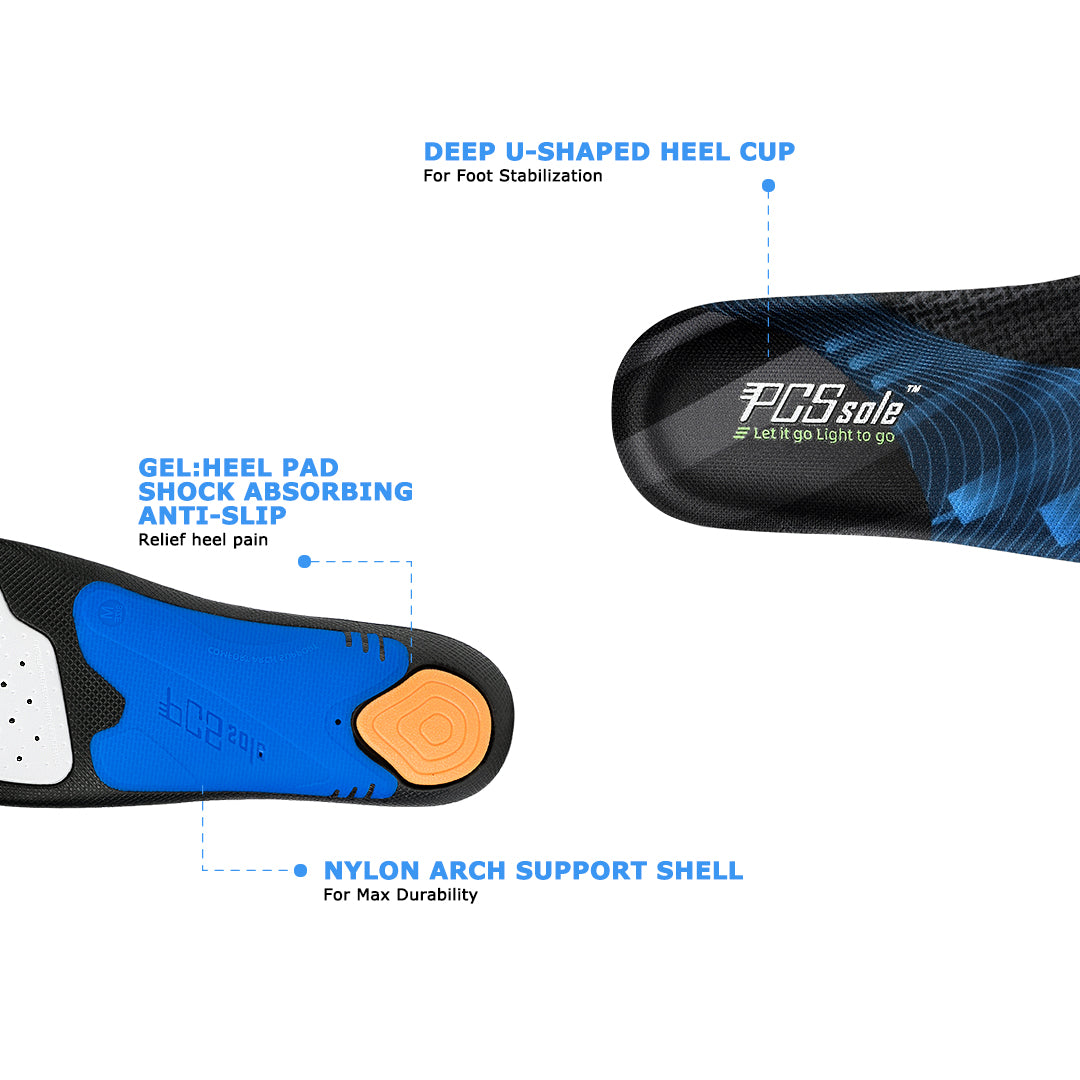
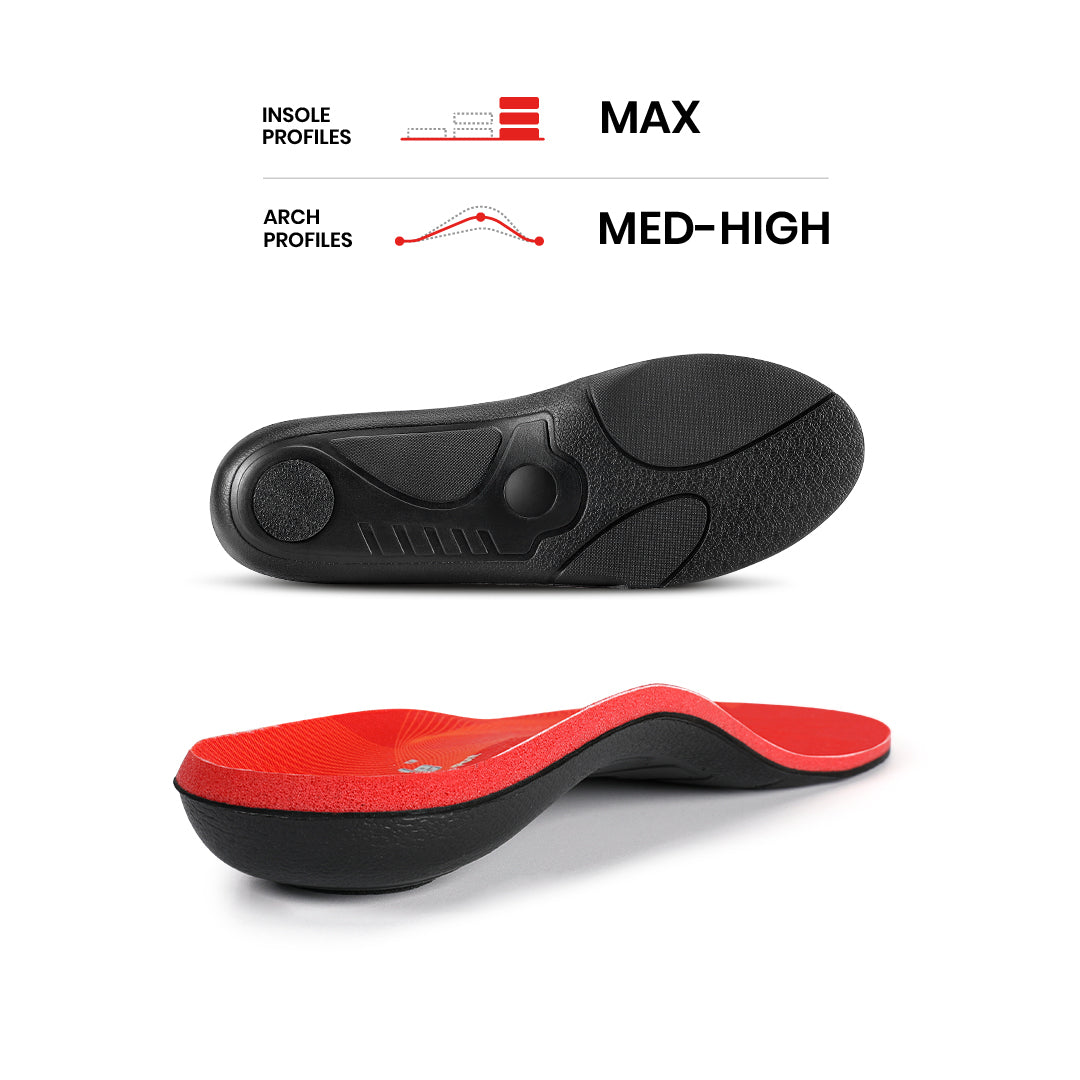
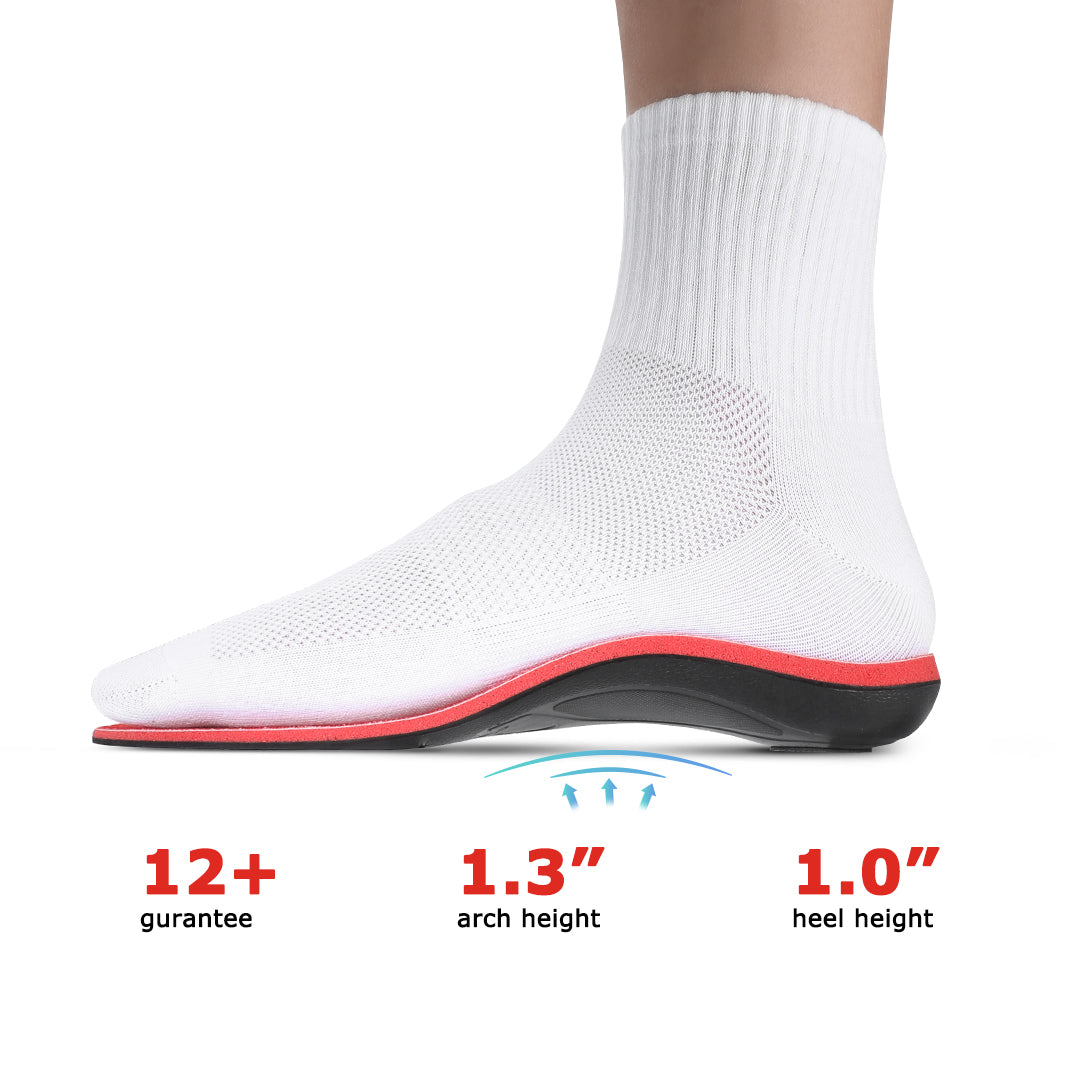
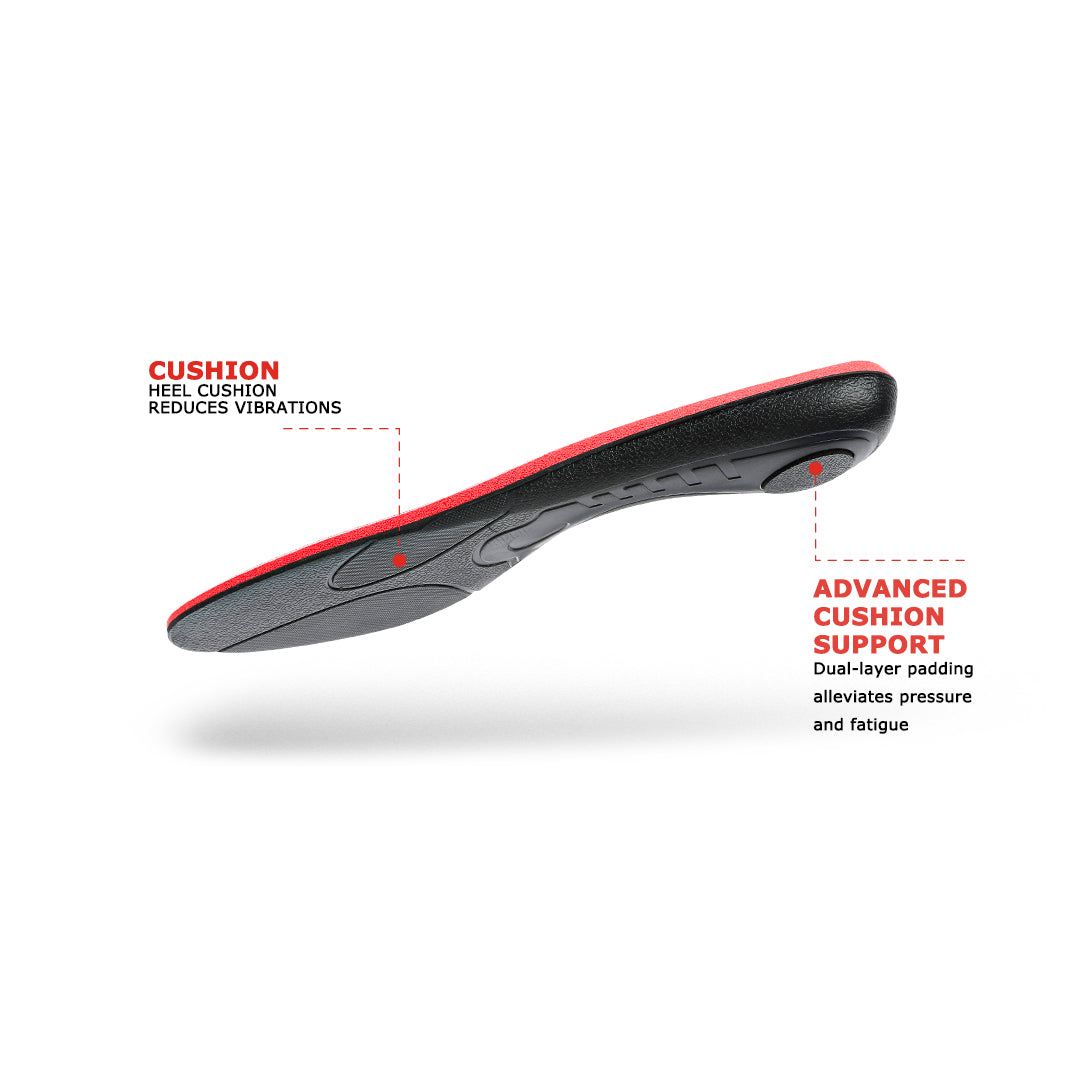

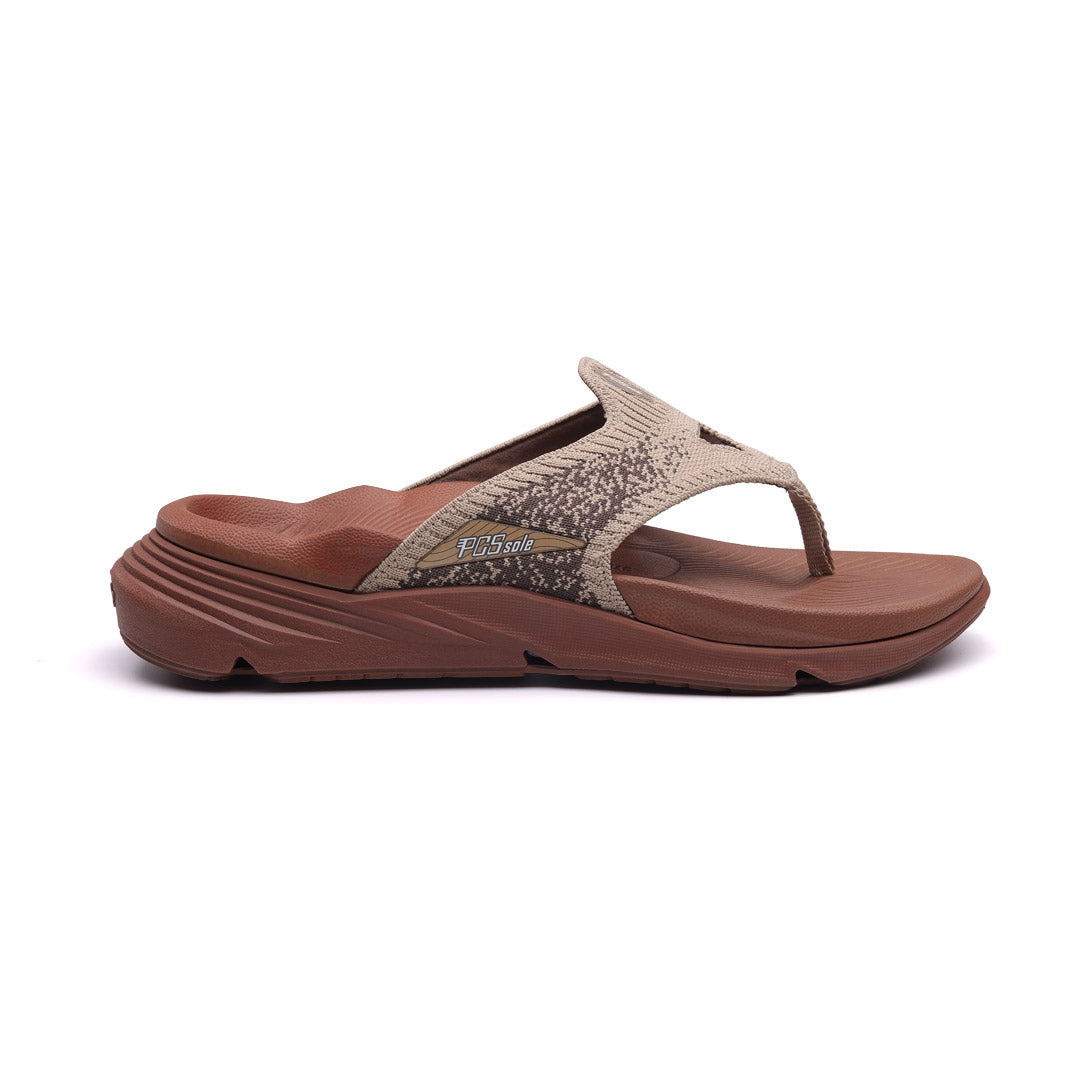
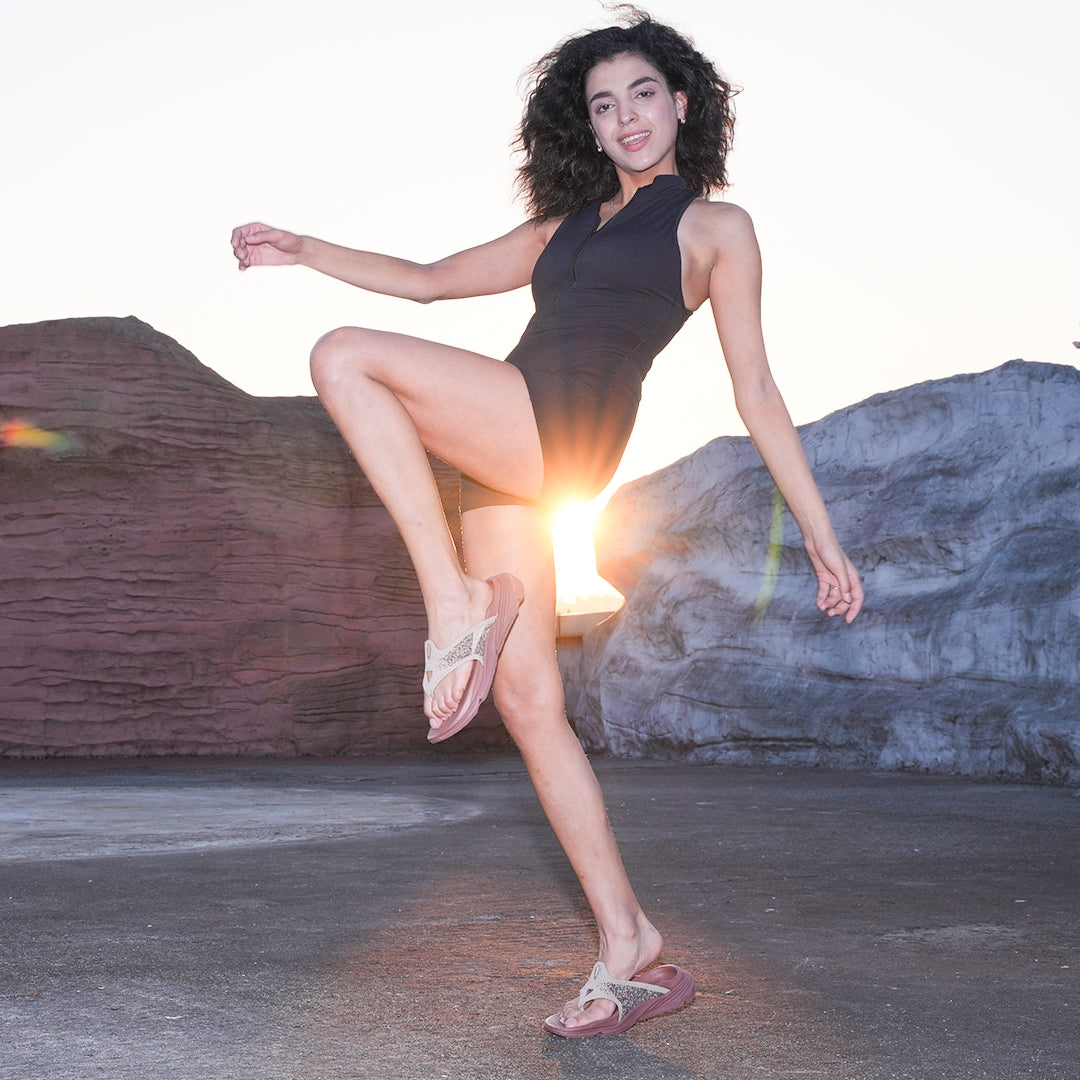


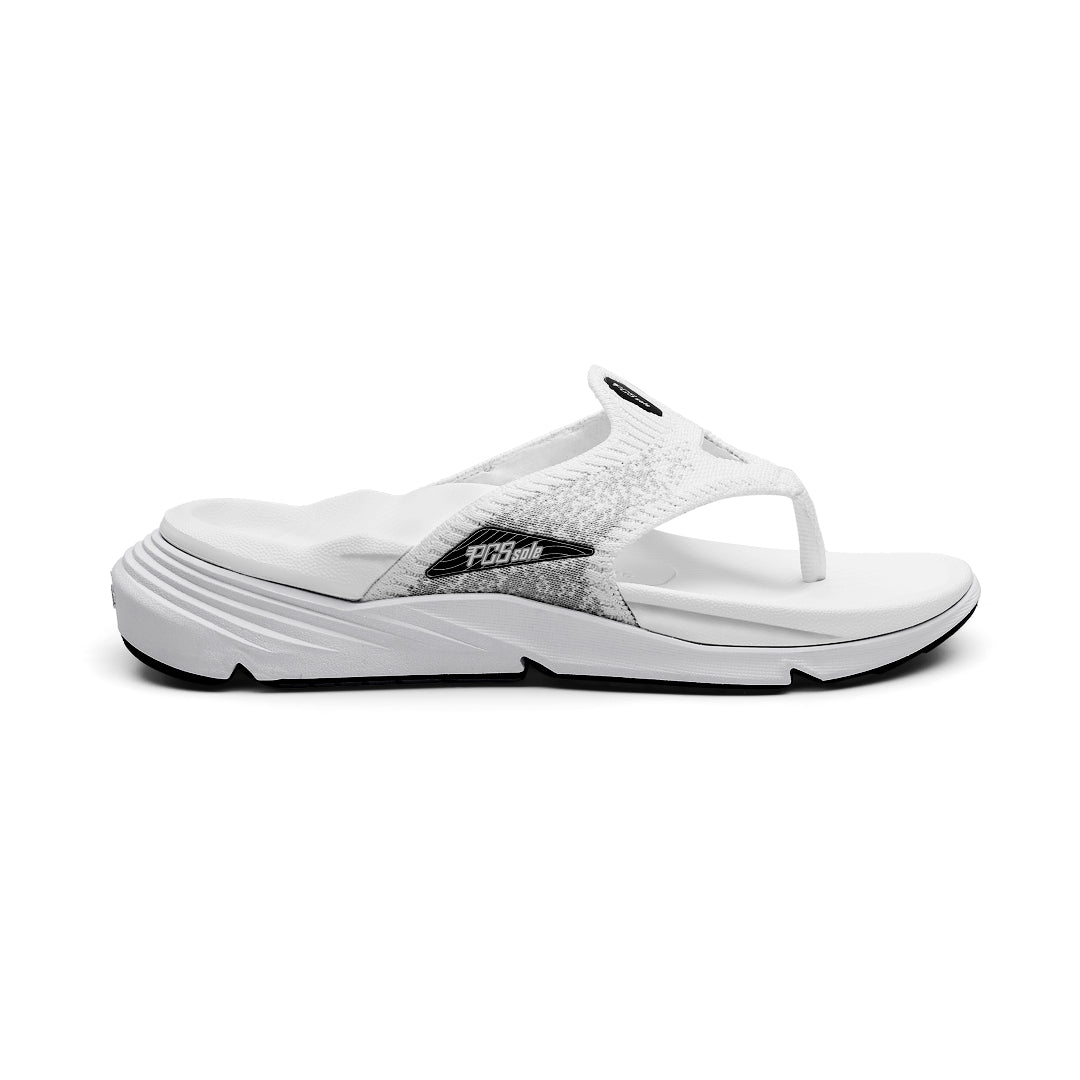
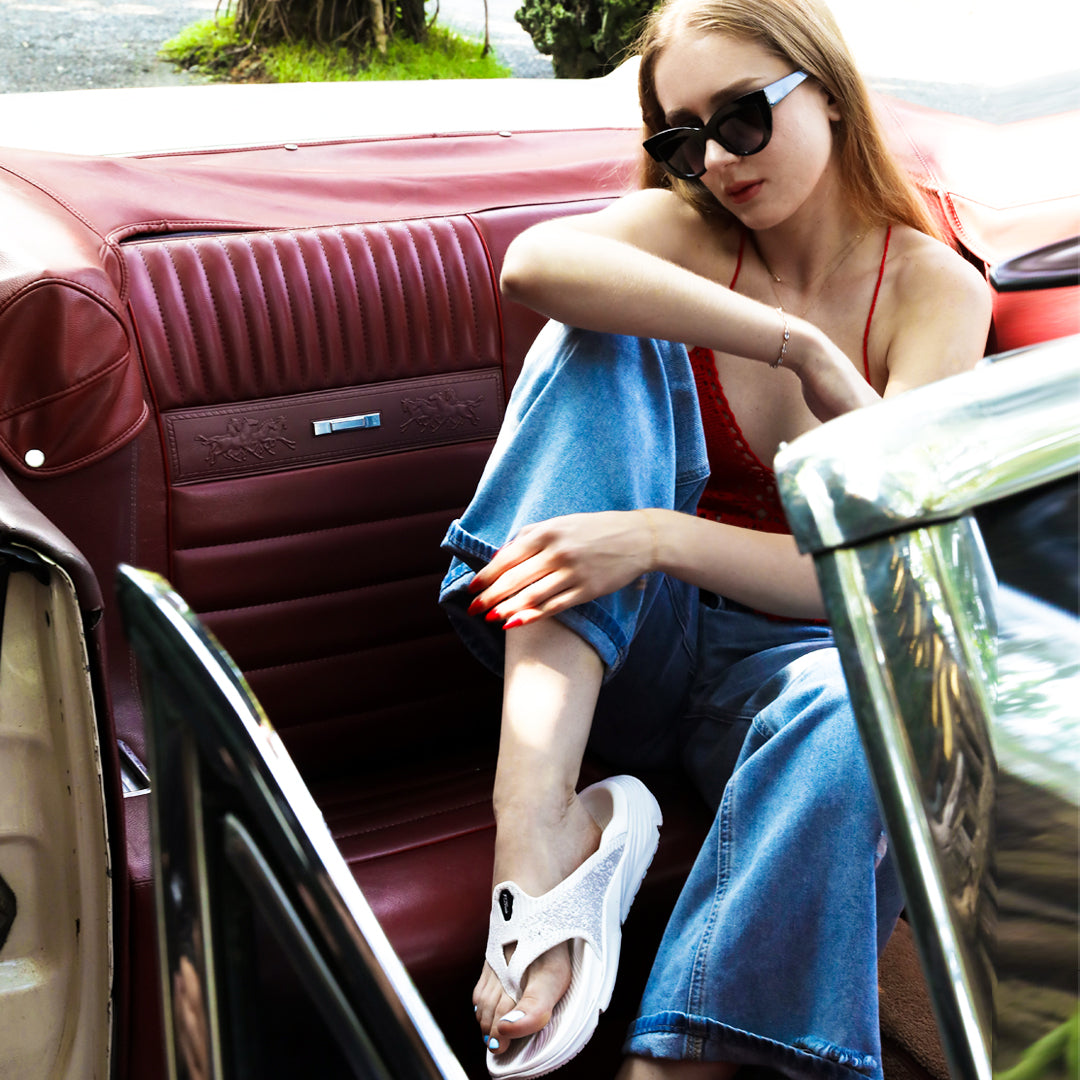
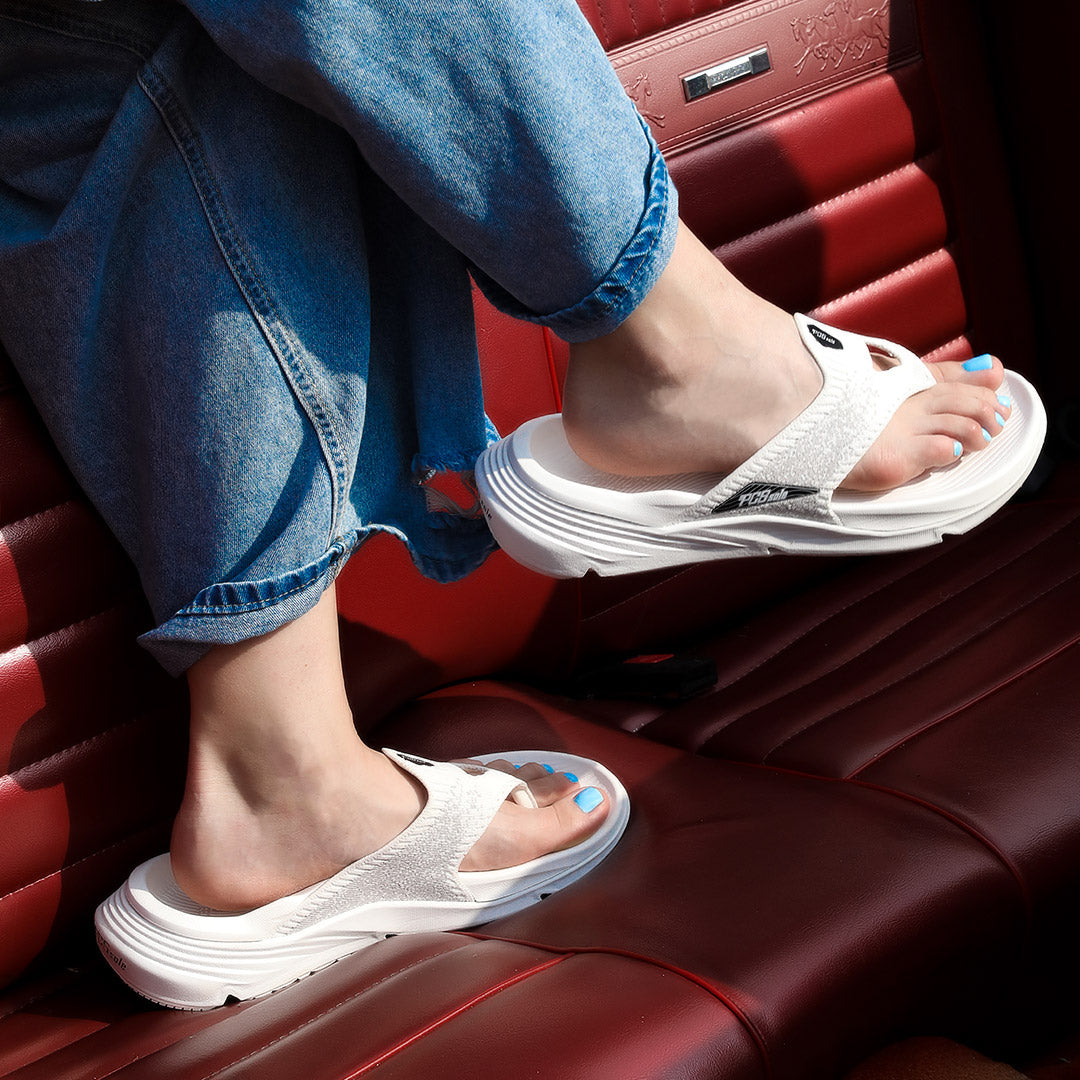
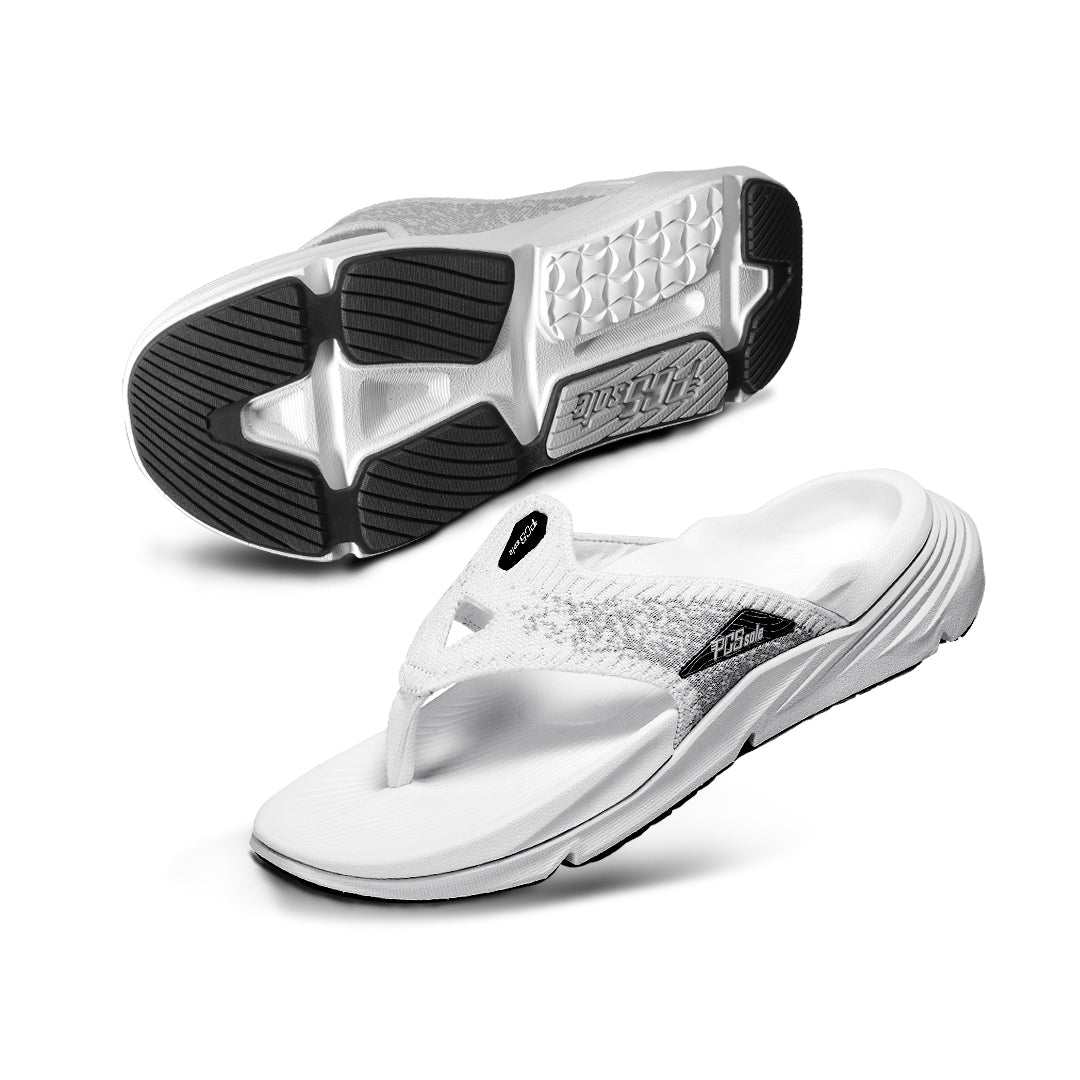
Aktie:
Best Running Sneakers and Shoe Inserts for Shin Splints